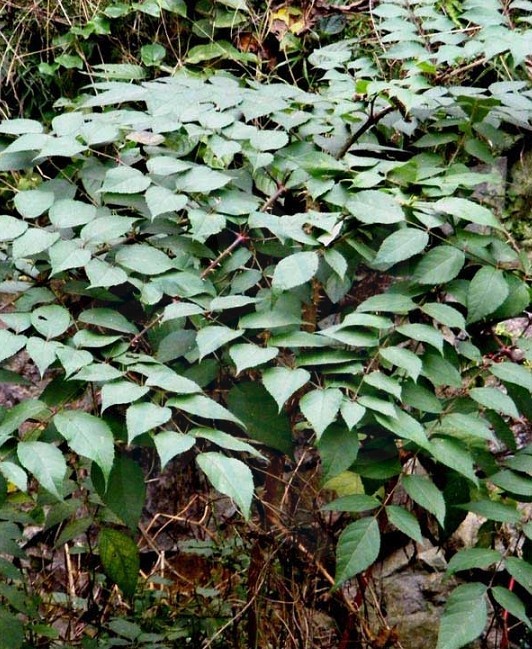Oleanolic acid ( Aralia chinensis Extract) - OHI-1082 Specificaton & Trade Terms
| Model | OHI-1082 |
|---|
| Place Of Origin | China |
|---|
| Price Term | EX-Work |
|---|
| Payment Term | T/T |
|---|
Aralia chinensis Extract
Active Ingredient: Oleanolic acid Oleanol
Specification: 98%
Test Method UV-VIS
oleanolic acid Herb Source
Olea europaea L. Swertia mileensis T.N. Ho et W. L. Shi Ligustrum lucidum Ait
oleanolic acid Synonyms
Oleanol Caryophyllin
oleanolic acid Molecular Formula and Molecular Weight
C30H48O3£»456.71
oleanolic acid Melting Point
308¡ãC-310¡ãC
oleanolic acid Solubility
Insoluble in water£¬Sol in ether£¬acetone£¬chloroform and ethanol
oleanolic acid Brief
Structural Class£ºTriterpene Appearance£ºWhite crystal
oleanolic acid Pharmacology
Protect liver and depress enzyme£¬ Anti-inflammation, Diuretic,Anti-cancer
Two triterpene acids, oleanolic acid (OA) and ursolic acid (UA), purified components from several Botanical drugs with known antitumor activity such as, were examined for their ability and possible pathway on inhibiting the tumor growth of hepG2 cells. Cells were treated with OA and UA with doses of 100 and 200 ug/ml for 12, 24 and 36 hrs, respectively. The changes of DNA fragmentation, apoptotic bodies, DNA synthesis and the expression of cell cycle related genes were investigated after various treatments. Decrease of DNA synthesis in cells treated with both OA and UA was obviously observed at these doses for 24 and 36 hrs by using BrdU staining method. Total RNA were purified with RNA Zol B reagent and the first stranded cDNA were synthesized by AMV transcriptase. Semiquantitation of the cDNA was performed by primer dropping method. Both mRNA and protein of the CDK inhibitor of INK4 family which specifically inhibits CDK4/6 activity and then reduces the phosphorylation of RB, p-15INK4b, in hepG2 cells were greatly induced by OA and UA. However, the expression of another member in this family, p-16INK4a, was not significantly induced. Other CDK inhibitors such as p-21CIP, p-27KIP and cell cycle related genes were not induced after various OA and UA treatments. The DNA fragmentation and apoptotic bodies were also found in this study with both the time- and dose-dependent phenomena. These results suggested that the apoptosis induced by OA and UA might be partially mediated through PKC pathway and associated with p-15INK4b gene induction.
Ursolic acid (UA) and oleanolic acid (OA), isolated from Glechoma hederacea, inhibited Epstein-Barr virus activation induced by 12-O-tetradecanoylphorbol-13-acetate (TPA) in mouse skin. The inhibitory effects were evaluated for 20 weeks. Continuous application of UA and OA (41 nmol of each) before TPA-treatment (4.1 nmol) delayed the formation of papillomas in mouse skin and reduced the rate (%) of papilloma bearing mice. Both UA and OA exhibited remarkable inhibitory activity against tumor promotion, which is comparable to the known tumor inhibitor, retinoic acid (RA). Compared to either RA or OA, ursolic acid inhibited tumors more effectively after a single application before initial TPA-treatment. This suggests that the role of tumor inhibition by UA differs from that of either RA or OA. It is suggested that pretreatment of skin with UA may inhibit the first dramatic cellular event in tumor promotion caused by TPA1.
